A dip tape is a manual user-operated liquid level measurement device, which consists normally of some form of calibrated tape, for example, meters, feet, yards, with a weight attached to the end.
Dip Tape Level Measurement
The weight is lowered into the tank inside a stilling well until the operator feels the weight touch the bottom of the tank, at which point the grading on the tape is read. The tape is then retracted whilst the operator sees where the tape is wet. The grading on the tape is then noted again.
The difference between the two recorded values is then noted. Using dimensional and capacity information known about the tank, the height of the tank which is empty, the ullage, can be calculated and be expressed as a percentage of the overall tank capacity.
Dips are normally taken at a stilling tube, using a plumb bob with a point contact to locate the tank bottom by feel. There is usually a striker plate fixed to the tank base that acts as the datum.
There have been cases where the absence of a striker plate allowed the bottom of the tank to be holed by regular impact from the plumb bob, resulting in the loss of considerable quantities of fuel. Accuracy and consistency are highly dependent on the operator.
Dip tapes have been the traditional method of measuring tank contents, but newer automated technologies have taken over because they can offer continuous level monitoring.
Image courtesy: cnbrt
The accuracy of the measurement using this method is likely to vary depending upon operator skill and experience. It is possible to achieve ±1 mm accuracy in theory with this manual method, however, this is very rarely achieved in practice.
There is a number of considerations that can contribute to manual tank dipping measurement inaccuracies. The accuracy of dipping measurements can be adversely affected by high winds and cold temperatures.
Tank dipping is still highly regarded in the storage industry. The process that is generally adopted for dipping a tank is that three consecutive dips are performed. If there is significant variation in measurement further dips will be performed until such a time that the measurement is consistent. There can be a number of reasons why variation in measurement can be introduced.
For example, operator to operator variation in technique, or even the physical height of the operator. If operator A height is 6’5, and operator B is 5’4, there is potentially a significant variation in measurement reference point.
This is a quick level measurement method but should only be used as a means of doublechecking a measurement made by a different method. It should not be a fuel storage site’s only means of determining tank levels.
However, this method is used in the setup of radar and servo level measurement systems and is still highly regarded.
Some duty holders dip the tank before and after a transfer. This is an independent verification of the quantity of product transferred. The exercise performed can also be used to ‘realign’ the tank measurement gauges.
Read Next:
- Level Control Loop Problems
- Guided Wave Radar Principle
- Interface Level Measurement
- Closed tank DP Level Transmitter
- Displacer Level Transmitter
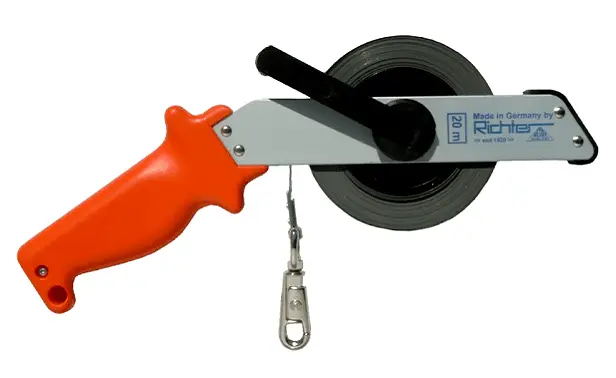
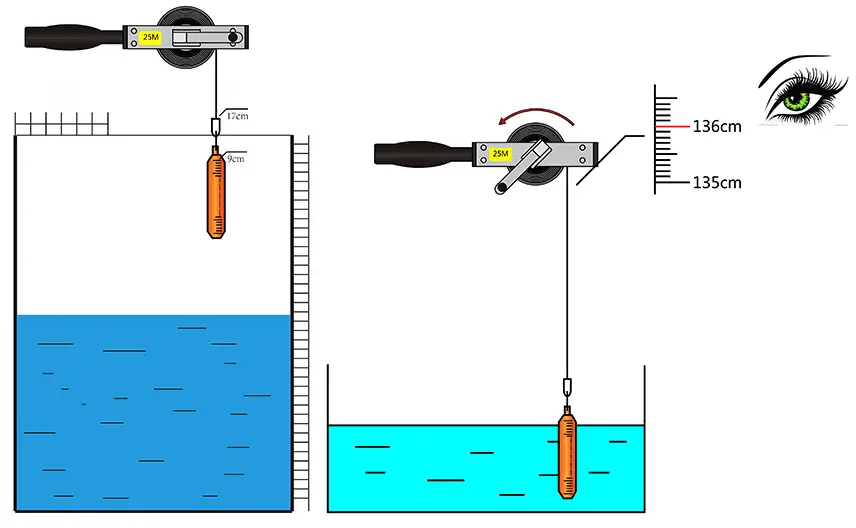
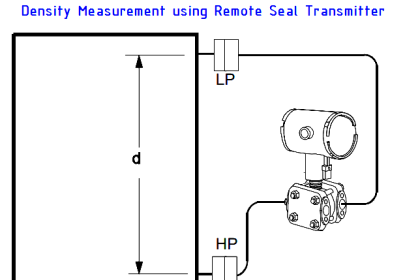
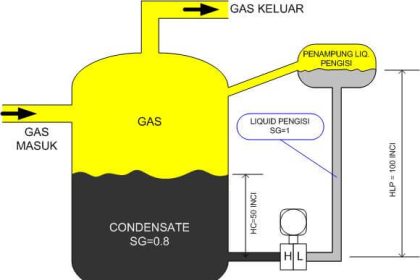
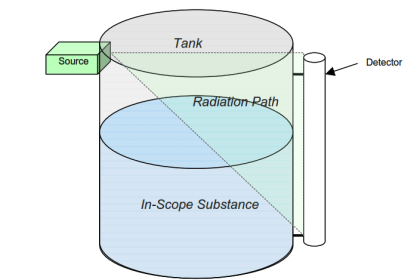
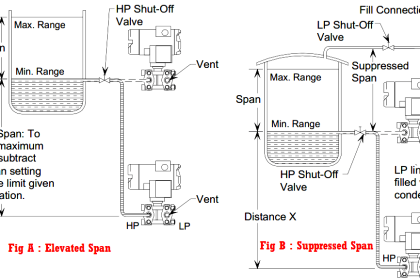

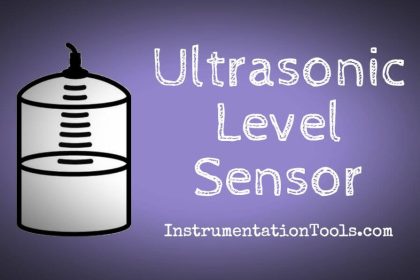


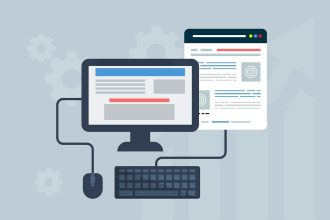




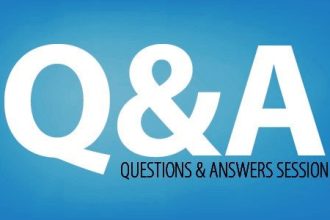



This educative a very useful, especially for staff that are new in the fuel industry but would wish to understand how fuel inventory in the under ground tank is measured.